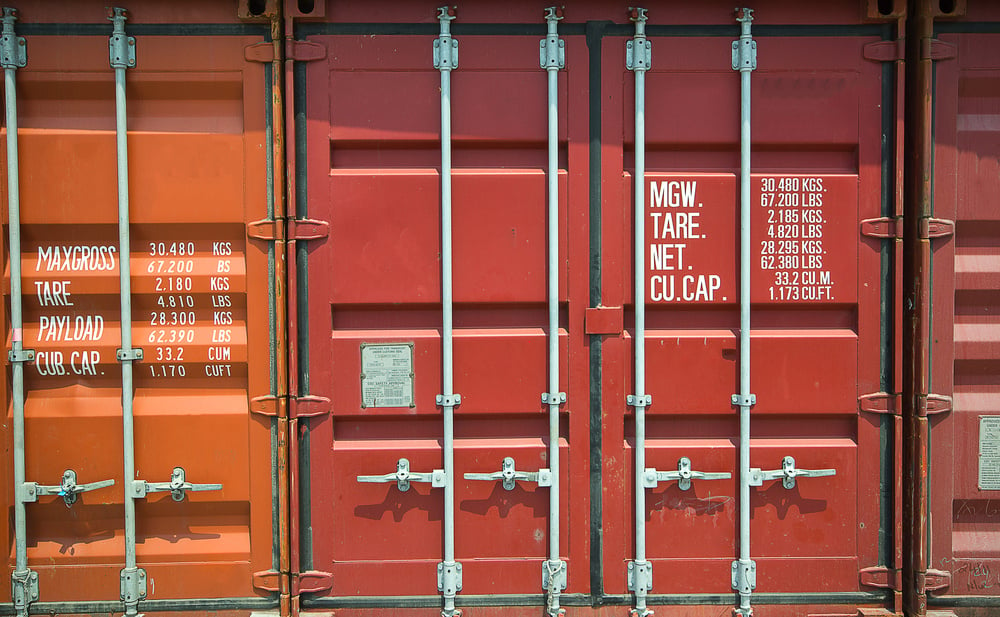
Transmodal's January 2025 Global Freight Update
Here are the top news stories impacting supply chains this month.
Good news! On January 9, 2025, U.S. dockworkers and port employers reached a tentative six-year agreement, avoiding a potential strike on the East and Gulf Coasts. The deal addresses several critical issues, including automation, while protecting jobs and enhancing port efficiency. The agreement includes a 62% wage increase, protects current ILA jobs, and puts a framework in place for implementing technologies that will create more jobs while modernizing East and Gulf Coast ports. Ultimately, this will mean ports are safer and more efficient.
Our take: Many issues could impact supply chains in 2025, from potential new tariffs to the continuing Red Sea crises. It's a big relief to have this resolved, but it is still a good reminder of how important maintaining flexibility and resilience in your supply chain is at all times. There are still plenty of other challenges that we all could be dealing with as the year continues.
Read more here.
New data from Fluent Cargo highlights several shifts in global trade routes. The Asia-Europe maritime corridor saw a 33% capacity reduction from 2023 to 2024 due to disruptions in the Red Sea. Asia-West Africa trade dropped, while regional shipping networks, especially in Asia, rose. In airfreight, Chicago O'Hare-Anchorage leads global routes. The data emphasizes the need for organizations to adapt quickly and rely on real-time, data-driven decisions to manage disruptions. The report also reveals strong domestic airfreight growth in Japan and South Korea, along with capacity reductions on major maritime routes.
Our take: The changes happening with several ocean alliances will only serve to increase these types of shifts. It is a good time for importers to reevaluate pretty much everything within their supply chain including their choice of carriers.
Read more here.
Let’s take a moment and look at the legacy 2024 left behind. The year saw supply chains shifting toward diversification, digital innovation, and sustainability. Companies reduced reliance on China, investing in manufacturing in emerging markets like Mexico, India, and Vietnam. Nearshoring and digital adoption, particularly AI and blockchain, increased. Consumer demand for ethical sourcing led companies like Patagonia to prioritize transparency. And where are we as we settle into 2025? Businesses are focused on agility, insourcing, and AI-driven operational efficiencies to remain competitive and resilient. So expect smarter, more sustainable supply chain practices.
Our take: With the new year underway, it's a good time to think about new ways to add technology, increase technology, and improve sustainability. If you have questions and would like some ideas, contact Transmodal.
Read more here.
